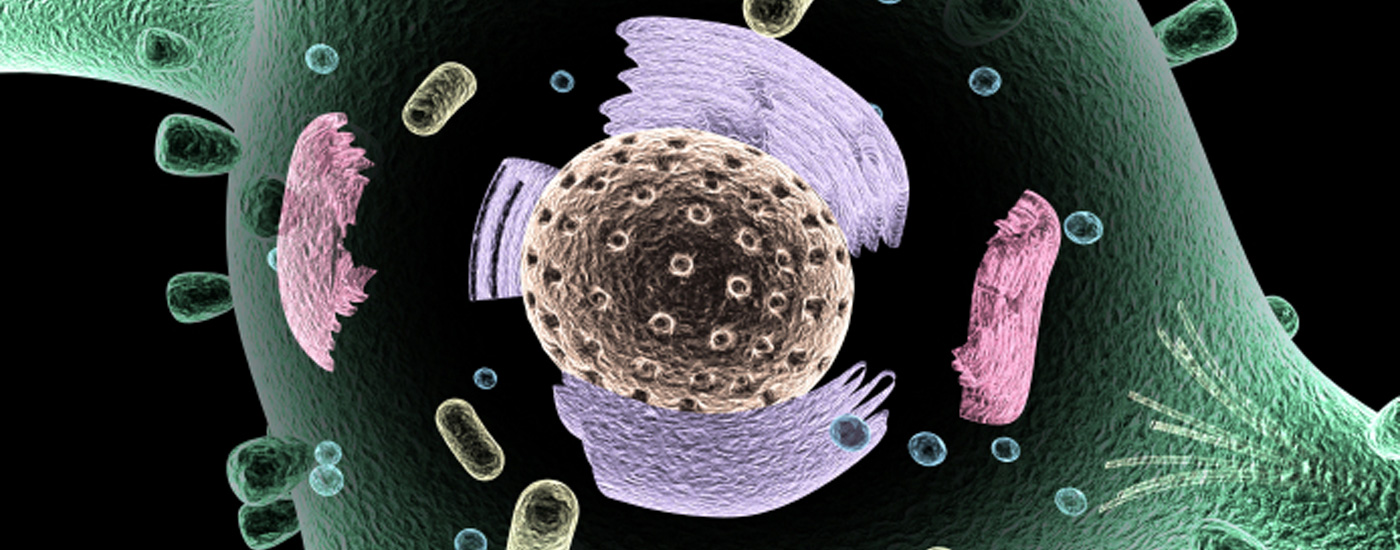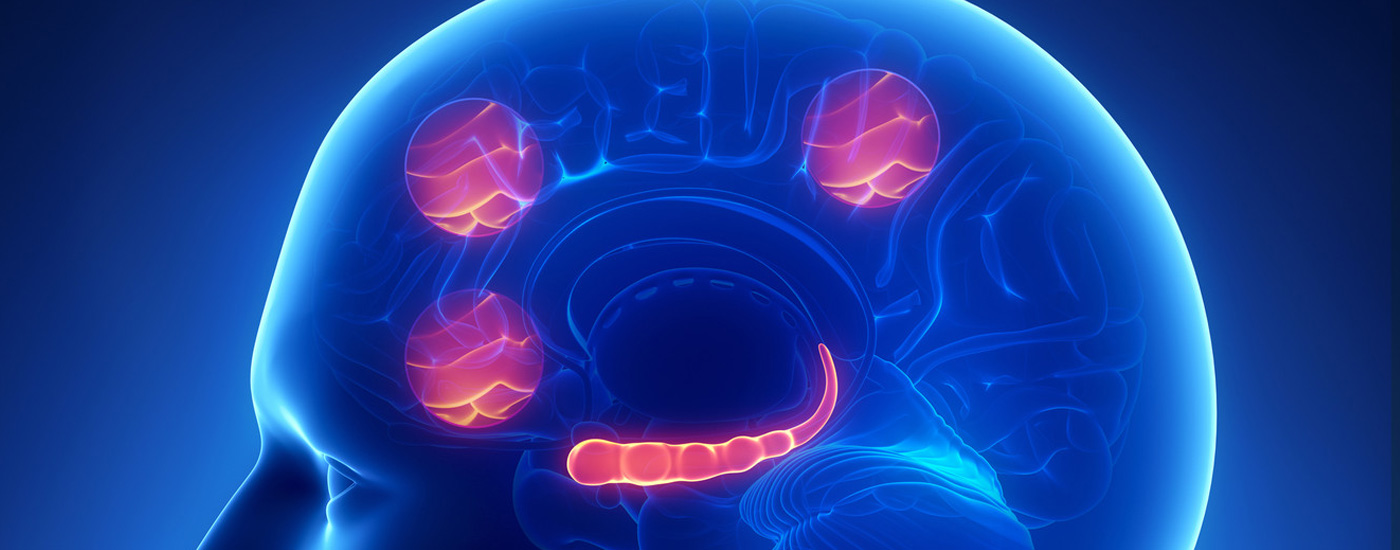How not to get Old - Part II: The Brain
In this second article in the ‘How not to get Old’ series, we look at the brain. Please note that I use the word “brain” and not “mind” and there is a good reason for this: a sound mind is a construct of a healthy brain. We cannot have a clear, alert mind without a healthy brain. Since it is the brain that is the foundation for the mind, this is what we must focus on when considering anti-aging strategies.
Besides, we will consider the mind later on, when we look at spirituality and enjoyment of life etc. in part V.
But for now, let us look at 4 main strategies or methods which this author feels are critical to maintaining good/healthy/optimal brain function into old age:
- Maintain proper neuronal cell function and intracellular communication.
- Maintain proper intercellular communication and nutrient exchange.
- Maintain cerebrovascular density, compliance and micro-vascular function.
- Prevent atrophy of memory-vital areas such as the hippocampus.
We will now examine each of these facets in greater detail, but be aware that entire books could be written on these 4 subjects alone and this is only a brief series of articles, so I hope to hit you with the right amount of information, but please don’t expect minute ‘how to’ details. If you want to ask questions, then please use the forum.
Maintain proper neuronal cell function and intracellular communication

Every cell in your body has to communicate with and between the various organelles within each cell. This is known as INTRAcellular communication because it takes place entirely within the cell. For example, the nucleus has to communicate with ribosomes in order to manufacture all the various protein molecules required for life. Signal molecules must traverse the cytosol in order to activate nuclear receptor units. Calcium molecules travel broadly across the cell, interacting as ‘second messengers’ leading to a multiplicity of signal cascades etc. G=protein coupled receptor units shape-shift in response to external stimuli, yet this creates onward ripples within the entire cell, leading to permanent or semi-permanent changes in the structure and function of the cell itself.
…And all of this is compromised as we age by the very presence of the ‘cellular waste’ material, called ‘lipofuscin’, that is a by-product of cellular metabolism.
What is lipofuscin? Well, as I just said, it is a normal metabolic waste product - one that builds up slowly over time, in almost every cell in your body. Externally it creates those ‘liver spots’ you can see on the skin of old people – it is a pigment after all. Internally you can think of it like a ball of oxidised (rusted) wire wool, sitting in the neuronal cell body, interrupting normal function (or at least, slowing it down), by warrant of interrupting the smooth flow of intracellular communication.
How do we prevent the build-up of this ‘stuff’?
Well fortunately, there is a natural herb, called the periwinkle plant which contains within it a substance called Vinpocetine. Besides being an all-round good guy, with cerebro-vascular boosting abilities, Vinpocetine has been shown to inhibit the long-term build-up of the lipofuscin pigment. OK so these studies were proven in rats, but that’s not surprising, since it would be unethical to cut up live human brains… and not many people think to leave their bodies to medical science. I will, but then I am… different.
So, Vinpocetine… is it safe? Well yes actually, it is remarkably well-tolerated. You only have to look through various medical journal articles to see statistical proof that Vinpocetine – just like most other nootropic nutritional supplements - has a very good tolerance profile.
I bet it is expensive though… right? Vinpocetine is remarkably cheap. If you were to take the minimum recommended dose of 5mg per day, then I would expect it to cost you around the $10 mark per month. This is a definite bonus because Vinpocetine only inhibits lipofuscin build-up whilst you take it. So take it for 10 years continuously and you will inhibit 10 years’ worth of lipofuscin. Stop, and you stop the inhibition, so you will slowly begin to accumulate lipofuscin again over time, but don’t worry; there is no evidence or theory to suggest that you would begin to ‘over accumulate’ lipofuscin, as a result of discontinuing Vinpocetine.
Maintain proper intercellular communication and nutrient exchange

All cells within a given environment, system or anatomical location must communicate with each other for optimal or correct function of that system or structure to be effected. Each neurone must communicate with not only the surrounding neurones, but with the network of glia or ‘non-neuronal brain cells’. There are many different types of glia, performing many important functions, (for example the ‘feet’ of some glia form the blood-brain barrier which prevents foreign compounds wreaking havoc inside our brains) and there obviously has to be communication between them and across the different types of glia as well as between glia and neurones, blood vessels, etc.
Another critical function that must be maintained is the exchange of nutrients, i.e the uptake and metabolism and then excretion of substances like oxygen, glucose, carbon-dioxide, etc. In fact, this is so critical (to all cells, but particularly ones that have a large energy requirement – like neurones) that a drop in the ability of neurones to intake glucose leads to the symptoms of Alzheimer’s. In fact, if you are abreast of current research, you will know that Alzheimer’s disease has been called ‘type III diabetes’ because it represents a form of insulin resistance in brain cells.
The trick to maintaining proper nutrient exchange and intercellular communication is to keep your cell membranes flexible and semi-permeable. How do we do this? Well we begin with a diet rich in omega 3 essential fatty acids… but this is child’s play and should be fairly obvious to anyone reading this article – after all, you’ve all been hammered with the health benefits of omega 3s for some time now. However this is just the tip of the iceberg really.
The cell membrane is comprised of several types of phospholipids and as we age, these phospholipids tend to become stiffer and less fluid, as various enzymes work their age-related devastation upon them. We need to attack the problem from 2 angles. Firstly we need to dramatically increase intake the actual phospholipids themselves (lecithin’s from soy have a good variety of phospholipids such as Phosphatidylcholine, Phosphatidylinositol and Phosphatidylserine) in order to provide the essential building blocks. Secondly we should employ those nootropic substances such as alpha GPC and CDP choline that have been shown to favourably improve our enzyme profiles relating to those specific enzymes that ‘mess around’ with our cell membrane phospholipids in a negative way.
In short we need to keep our cell membranes in optimal condition if we want them to function optimally. The aging process creates an enzymatic ‘climate’ that is counter to this goal. We can use certain supplements to maintain or restore the correct climate.
Maintain cerebrovascular density, compliance and micro-vascular function

Stroke. It’s a horrible word, with life-changing implications. As we age, our arteries become less compliant (get stiffer and less elastic) and this increases our risk of arterial rupture within the brain, with a resulting loss of oxygenated blood to cells, leading to cell death. To some degree this loss of compliance is inevitable, but is certainly exacerbated by smoking, poor nutrition and lack of exercise. Yes, you’ve heard this all before, but what you haven’t heard (perhaps) is that it may be possible to restore a degree of compliance though the use of certain supplements like co-enzyme Q10, taurine and the GHRPs (growth hormone-releasing peptides) which have been shown to be both cardio and angio-protective.
If you have ever looked at an MRI of an aged brain, you will see that is more closely resembles a walnut within a shell, rather than the plump, succulent and well-vascularised structure that it would have, years ago. As we age, so we experience de-vascularisation within our brains. In other words, the density (number per square cm) of blood vessels declines over time. Obviously, the fewer the number of blood vessels, the less nutrients can be delivered (and removed) to the neurones, glia and other cells within and around the brain. To some extent this is inevitable and irreversible, however there are supplements which have been shown to increase the amount of oxygen and glucose delivered to the brain. In other words, we may be able to compensate for but not undo the reduction in cerebrovascular density, through use of certain supplements. The supplement that I mentioned before – Vinpocetine – has a proven track record in being able to safely increase both the levels of oxygen delivered to the brain as well as the levels of ATP (adenosine tri-phosphate – the energy currency of the body) synthesised and utilised within the brain.
Micro-vascular function relates to the extremely small blood vessels that surround and nourish our nerves. Called the vaso vasorum, these microscopic structures need to remain unclogged with scale and atherosclerotic deposits if they are to maintain oxygen tension to the associated nervous tissue. Obviously lifestyle and history, plus genetic components will play a large part in on-going micro-vascular function, but due to the link between nitric oxide (a potent vaso-dilator) and optimal micro-vascular function, it is proposed (and proven, to some degree) that the amino acid l-carnitine can be a useful anti-ageing supplement in this regard (as well as other areas relating to metabolism and energy which we will examine in a later chapter). Certainly some people that I have spoken to have reported increased nitric-oxide effects (better erection strength) from the use of l-carnitine. Unfortunately, the only really effective form of l-carnitine administration is via injection, with a small amount of insulin to facilitate absorption. Studies show that it takes 100 days of continuous oral administration before intracellular levels of l-carnitine increase above baseline. In contrast just one shot of intramuscular or intravenous l-carnitine increases intracellular levels.
Prevent atrophy of memory-vital areas such as the hippocampus

This section is possibly the easiest part to write about and to actually effect. You see, it has been proven that as we age, cortisol, unbalanced into excess by a lack of the male sex hormone testosterone, exerts a catabolic effect on the neurones in the hippocampus.
In simple terms: as we get old, we (both men and women) experience a natural decrease in testosterone. Since testosterone is antagonistic to cortisol, cortisol levels begin to rise unchecked and can continue to do so over many years. One of the functions of cortisol is to break down protein and tissue. It does this (unfortunately) quite effectively within the area of the brain associated with memory formation and retention. Over time this leads to a loss of existing (long term) memories as well as an inability to form new ones (short term memories). Clearly, this can be linked to so-called senile dementia and the associated confusion and loss of memory.
Again, the problem should ideally be approached from two sides, to achieve best results in my opinion. Firstly we restore testosterone levels to pre-pausal levels and secondly we adopt a ‘cortisol modulation’ approach through use of supplements such as Phosphatidylserine, glycine, inositol, etc.
Overall Summary:
Besides all the usual (and important) stuff like ‘get regular exercise, eat a variety of non-processed foods, sleep well and minimise your intake of external pollutants and chemicals’, you should:
- Supplement regularly with Vinpocetine – 5 to 10mg every day.
- Supplement with Q10 and other nutrients that may improve arterial compliance and elasticity.
- Supplement with a spectrum of phospholipids (soy-derived lecithin is pretty good and cost-effective).
- Supplement with those nootropics which have a proven beneficial effect on our ageing enzyme profiles to restore them to normal levels. Alpha GPC and Citicoline are just 2 such nootropics.
- Supplement with cortisol-modulating products or stacks such as Neurochill.
- The advanced user will consider hormone replacement and the use of so-called ‘anti-aging peptides’ as these offer a more fundamental beneficial effect with greater carry-over benefits into other facets of health and life, such as increased virility, rejuvenation of skin elasticity etc. (and if your ‘outside skin’ is being rejuvenated, consider what beneficial effects are taking place on your ‘inside skin’ i.e. your blood vessels)
